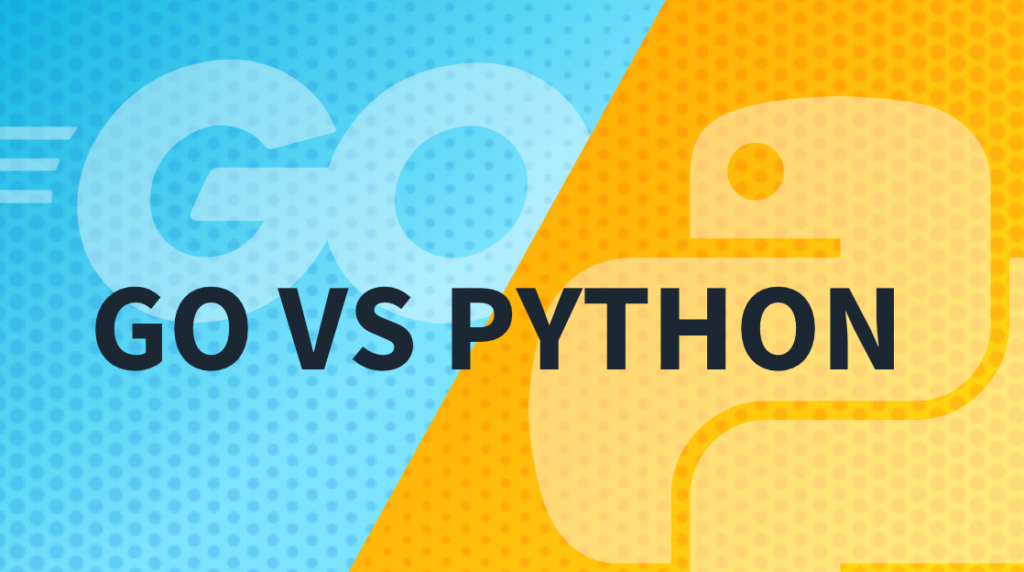Syntax Ease in Python vs. Go: Comparing the Simplicity and Readability of Syntax for Beginners
If you’re just starting out on your programming journey, one of the first crossroads you’ll encounter is choosing the right language to kick off your learning. Two popular contenders you might consider are Python and Go. Both languages offer unique features and advantages, especially when it comes to syntax, simplicity, and readability. So, let’s dive in and compare Python and Go to see which language might be the friendlier choice for a beginner programmer.

Python: The Quintessential Beginner’s Language
Readable and Expressive Syntax
There’s a good reason Python often gets the nod as the go-to language for newbies: its syntax is incredibly readable and intuitive. You can get up and running with minimal fuss, and the code often reads like plain English. For instance, let’s look at a simple program that prints “Hello, World!” in Python:
print("Hello, World!")That’s it! That’s the whole program. Simple, right?
Whitespaces and Indentation
Python uses indentation to define blocks of code, which not only makes the language more readable but also enforces good coding habits. Here’s a simple example of a “for” loop:
for i in range(5):
print(i)Notice how indentation is used to define the loop block? This disciplined approach automatically encourages clean, organized code.
Rich Standard Library
Python’s extensive standard library gives you access to a myriad of tools making your programming journey less cumbersome. From handling mathematical functions, to interacting with the file system, everything feels within reach.
Go: The New Kid on the Block
Simple Yet Explicit Syntax
Go, often referred to as Golang, aims for simplicity and efficiency but in a slightly different flavor from Python. While Go’s syntax might seem a tad more complex due to its explicit nature, it has its own merits. Here’s how you print “Hello, World!” in Go:
package main
import "fmt"
func main() {
fmt.Println("Hello, World!")
}Though it takes a few more lines than Python, the structure is still relatively simple and maintains a high degree of clarity.
Explicit Error Handling
One distinct difference between Go and Python is how they handle errors. Go opts for explicit error handling, requiring you to always check for errors, which might seem cumbersome but pays dividends when it comes to debugging and reliability. Here’s a simple example:
package main
import (
"fmt"
"os"
)
func main() {
file, err := os.Open("example.txt")
if err != nil {
fmt.Println("Error:", err)
return
}
fmt.Println("File opened successfully:", file.Name())
}By forcing you to handle possible errors upfront, Go helps you build more robust applications, even if it’s a bit wordier.
Concurrency Made Simple
One area where Go shines is in its native support for concurrent programming. Thanks to goroutines and channels, managing concurrency is more straightforward. Here’s an example that demonstrates a simple goroutine:
package main
import (
"fmt"
"time"
)
func say(s string) {
for i := 0; i < 3; i++ {
time.Sleep(100 * time.Millisecond)
fmt.Println(s)
}
}
func main() {
go say("Hello")
say("World")
}This code runs the say function in a new goroutine concurrently with the main function, making Go an excellent choice for programs requiring efficient, manageable concurrency.
Conclusion
Both Python and Go offer unique advantages in terms of syntax simplicity and readability, but they cater to slightly different needs:
- Python is ideal for beginners thanks to its clean, readable syntax and extensive standard library. If readability and ease of learning are your primary concerns, Python is the way to go.
- Go shines when it comes to explicitness, error handling, and concurrency. If you’re looking to dive into system-level programming or need efficient concurrent processing, Go’s explicit syntax might initially seem complex, but it’s worth the learning curve.
At the end of the day, the choice between Python and Go boils down to your specific needs and what you aim to achieve. Both languages offer pathways to not just learn but flourish in the world of programming.
Ready to start your programming adventure? Here is our previous comparison posts. You can also find more about Python at the official Python website and dive into Go over at the Golang homepage. Happy coding!
Stay optimistic, keep coding, and always keep that beginner’s curiosity alive!


